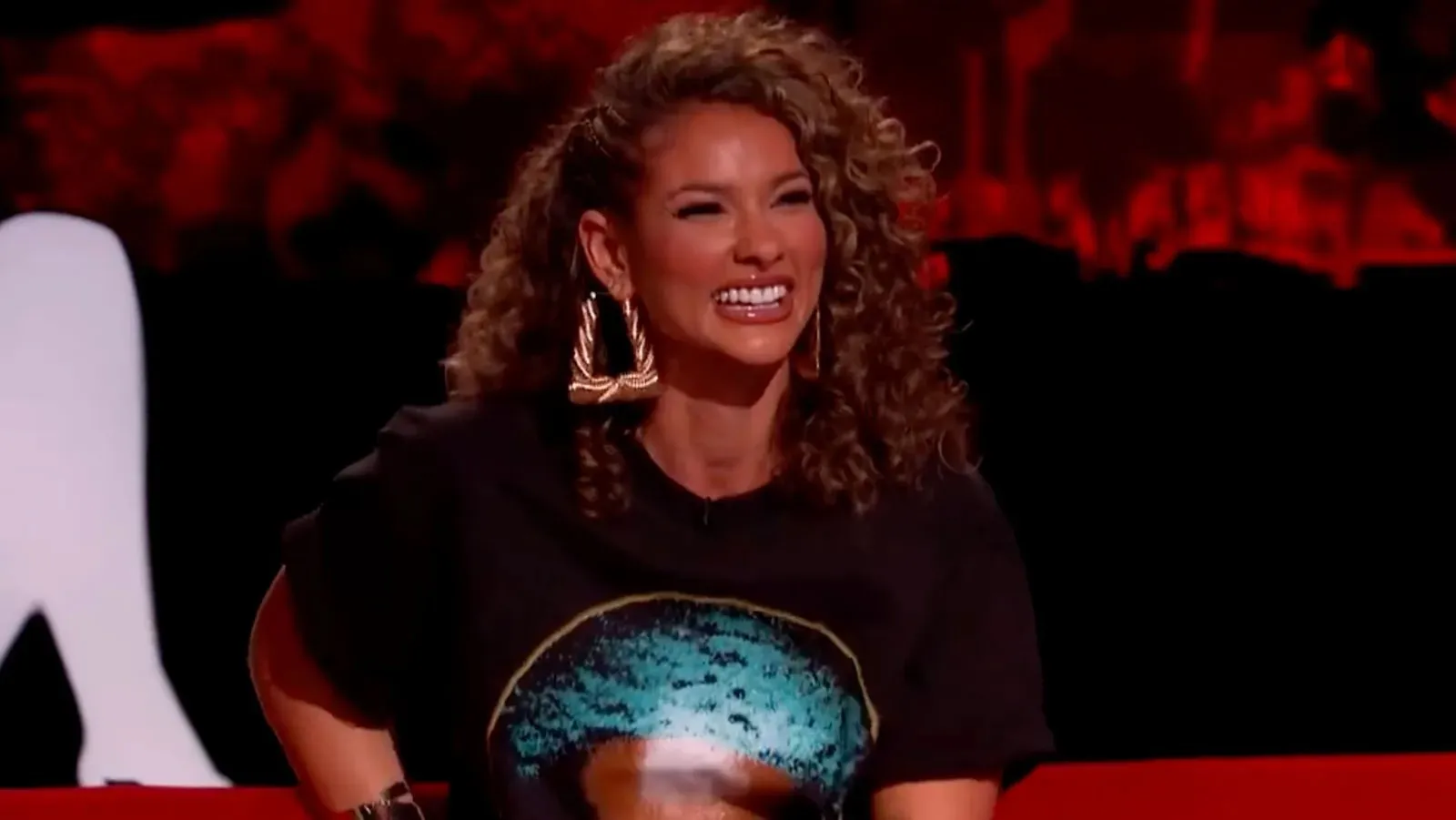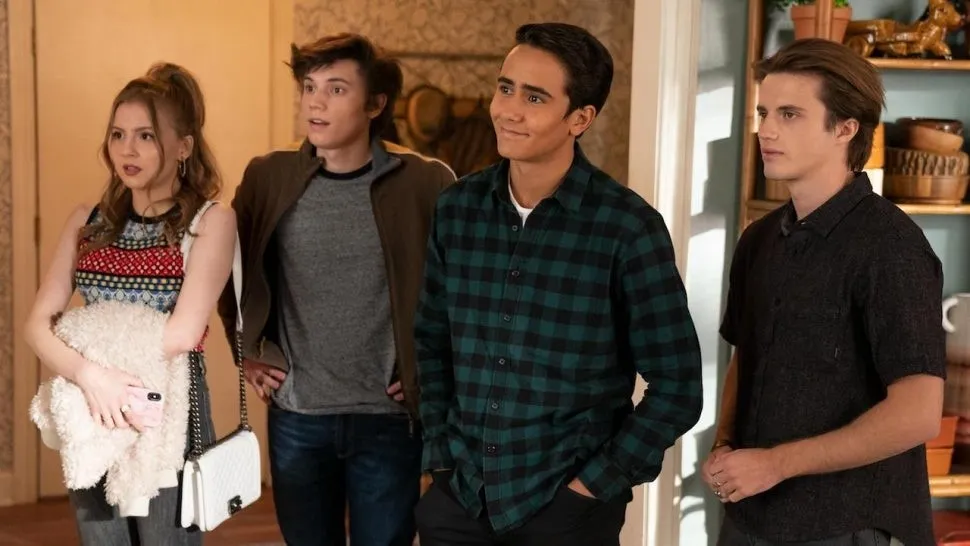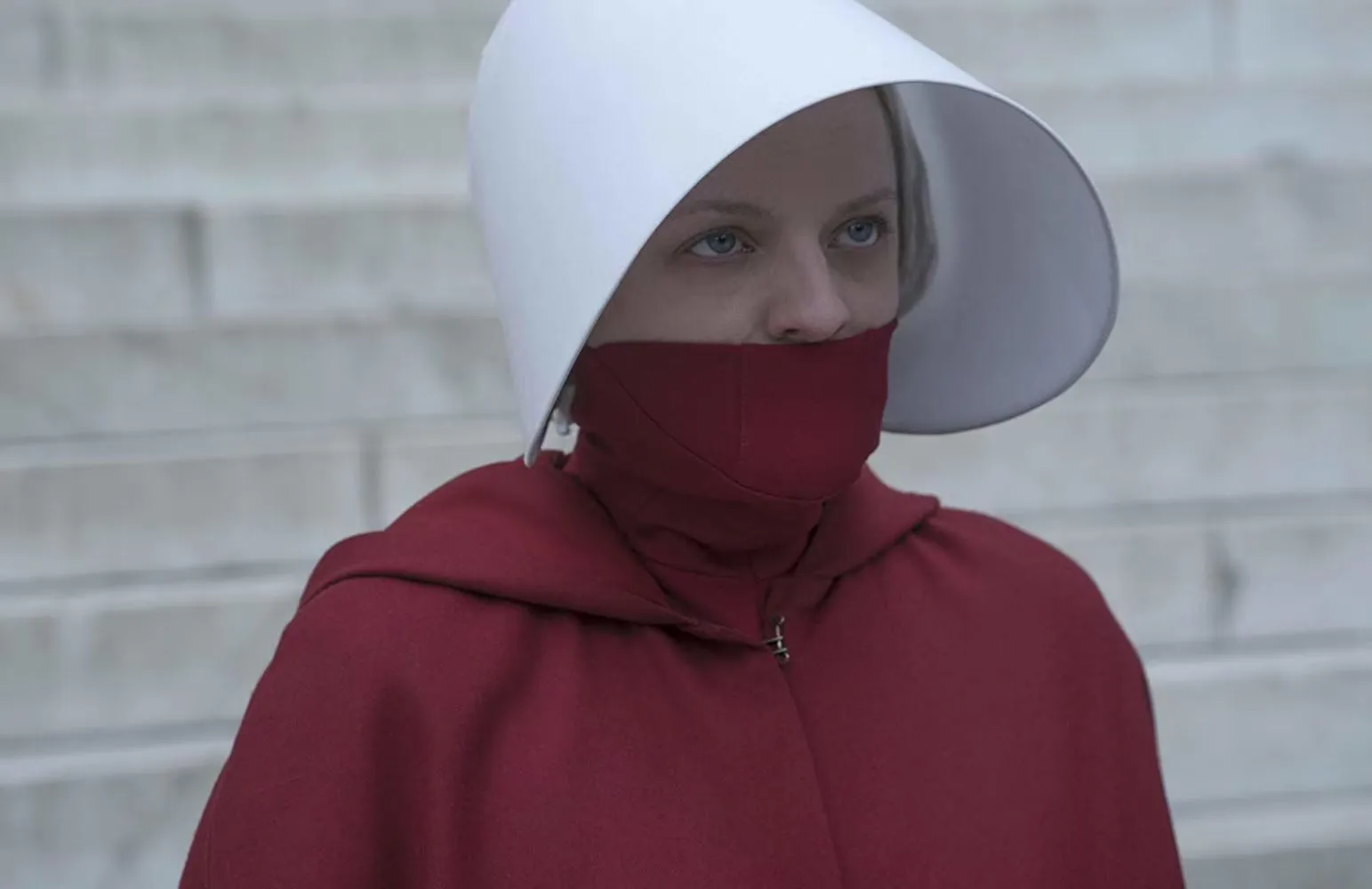Controversy has sparked as many viewers expressed dissatisfaction with the dialogue in Mrs Brown’s Boys, with some even suggesting that the BBC should reconsider the show. As a TV lover, what’s your opinion on this?
The return of Mrs Brown’s Boys to BBC One this week has once again ignited heated debate across Britain, underscoring the sitcom’s reputation as one of the most polarising comedies in modern television history. On Friday evening, the fifth series premiered after months of anticipation from loyal fans — and with it came an outpouring of complaints from detractors who flooded social media to voice their displeasure. Within minutes of the broadcast, X (formerly Twitter) was filled with comments ranging from weary sarcasm to outright demands for the BBC to cancel the show altogether.

For many viewers who have grown tired of Brendan O’Carroll’s trademark brand of slapstick humour and cheeky innuendo, the programme’s return felt less like a treat and more like an unwelcome reminder of what they consider to be outdated comedy. One particularly frustrated user summed up their disappointment with biting humour: “I’ve had a tough week. Very tough. Then when I thought it couldn’t get any worse, the man on TV said ‘and now on BBC1 a new series of Mrs Brown’s Boys.’ Haven’t we suffered enough?” Another viewer was more concise, writing simply: “Not for me #mrsbrownsboys.” A third offered sharper criticism, calling it “a waste of licence payers’ money,” echoing a complaint that has long followed the programme in an era where every penny of BBC funding is scrutinised.
Scrolling through reactions online, it quickly became clear that the show continues to divide audiences into two sharply opposed camps. On one side are the critics, who argue that its humour feels stale, overly reliant on toilet jokes, slapstick mishaps, and Agnes Brown’s exaggerated mannerisms. On the other side are the defenders, who maintain that comedy is subjective and that those who dislike the series should simply switch the channel instead of complaining online. Supporters wrote messages such as, “I don’t care what anyone says, I think Mrs Brown’s Boys is funny,” and “If you don’t like it… don’t watch it.” For these fans, the programme is a comfort, a familiar source of laughter in a television landscape that often takes itself too seriously.
The passionate debate sparked by the latest episode is nothing new. Since its debut over a decade ago, Mrs Brown’s Boys has been a lightning rod for criticism and acclaim in equal measure. At its peak, the show was a ratings juggernaut. Its 2013 Christmas special drew an astonishing 11.5 million viewers, and it went on to win six National Television Awards for Best Comedy. Brendan O’Carroll, who not only created the series but also stars as the sharp-tongued matriarch Agnes Brown, became a household name, and the show was seen as a rare example of a traditional sitcom breaking through in the age of streaming and digital media.

Yet, the glory days of record-breaking audiences have long since faded. In recent years, ratings have dropped significantly. The last time the show appeared in the UK’s top ten Christmas Day programmes was in 2020, when just 3.8 million people tuned in — a sharp decline from its earlier dominance. Critics argue that the formula has not evolved, leaving the show feeling dated in a time when British comedy has diversified and moved toward sharper, more nuanced storytelling. The crude innuendo, slapstick humour, and sometimes chaotic breaking of the fourth wall are beloved by some but described by others as tiresome and repetitive.
Adding to the controversy, the show faced significant backlash last year after rehearsals for the 2024 Christmas special were halted when a racially charged term was implied during production. The incident prompted widespread criticism and renewed scrutiny of the programme’s content. O’Carroll defended the moment as satirical, explaining that Mrs Brown’s ignorance was intended to reflect generational misunderstandings rather than endorse offensive views. He compared it to the character’s humorous inability to fully grasp her son’s homosexuality, despite loving him deeply. For O’Carroll, comedy should provoke discomfort as well as laughter. Speaking on

This uncompromising philosophy is part of why Mrs Brown’s Boys remains so divisive. For fans, O’Carroll’s irreverent approach is refreshing in a world where comedians are often accused of playing it safe. They see Agnes Brown’s antics in Finglas as a reminder of simpler comedic traditions, a throwback to when sitcoms didn’t shy away from broad gags and outrageous characters. For critics, however, the same qualities are what make the show feel stuck in the past, clinging to jokes that no longer resonate in today’s cultural climate.
O’Carroll himself appears unfazed by the backlash. In one interview, he bluntly dismissed those who dislike his work, saying: “The ones that love me, I love them, and the ones that don’t, f*** them.” This candid remark epitomises his approach — one that values the loyal fan base who continue to watch faithfully over the growing chorus of detractors.
Yet, despite dwindling ratings and persistent criticism, the programme’s survival speaks volumes about its enduring appeal. Millions still tune in each year, particularly for the Christmas specials, which have become something of a tradition in many households. The fact that it continues to provoke such strong reactions — whether of affection or disdain — is, in itself, evidence of its cultural impact. Few shows can claim to generate this level of conversation more than a decade after their debut.

In many ways, the return of Mrs Brown’s Boys in 2024 illustrates the paradox at the heart of British television comedy. On one hand, audiences increasingly demand fresh, innovative content that reflects modern sensibilities. On the other, there remains a deep affection for traditional sitcom formats, slapstick humour, and the comfort of familiar characters. The clash between these two perspectives ensures that the show remains a battleground for debates about taste, tradition, and the role of comedy in contemporary society.
As the new series unfolds, it seems inevitable that the arguments will continue. Some will tune in religiously, laughing along with Agnes Brown’s misadventures, while others will roll their eyes and take to social media to voice their frustration. But whether adored or despised,
News World Business Tech Healthy Tips She walked into the premiere and turned Hollywood on its head. What did Madonna do in 1985 that made everyone stop and stare?

In 1985, the red carpet premiere of Desperately Seeking Susan became more than just a movie debut—it turned into a cultural flashpoint. At the center of it all was Madonna, who, by then, was already a rising star in the music world thanks to hits like

Madonna’s arrival was electric. She didn’t just wear clothes—she wore an attitude. Her look was a perfectly curated yet seemingly effortless mix of punk rebellion, glam sensibility, and downtown New York grit. Layers of lace, fitted leather jackets, oversized bows, crucifix necklaces, bangles stacked up her arms, and those now-iconic fingerless gloves became more than accessories—they were symbols of a new kind of self-expression. She exuded a “take me as I am” confidence that clashed with Hollywood’s polished elegance, and that clash became her magic. Critics may have debated the tastefulness of her style, but no one could deny its impact.
For many young women watching from afar, Madonna’s fashion choices were revolutionary. They weren’t about perfection—they were about personality. She gave permission to mix high and low fashion, to make thrift-store finds as powerful as designer pieces, and to use clothing as a form of rebellion. Teenagers across America and beyond imitated her layered necklaces, tousled hair, and bold makeup, launching what came to be known as the “Madonna wannabe” phenomenon. For the first time, a red carpet wasn’t only about Hollywood glamour—it was about street style meeting stardom.

The premiere also marked Madonna’s transition into film. Desperately Seeking Susan wasn’t her first time on camera, but it was her first major role that captured her personality so vividly. She played Susan, a free-spirited drifter who embodied the same mix of mystery, charisma, and defiance that Madonna herself projected in real life. The line between character and performer blurred, making the film feel like an extension of Madonna’s own myth-making.
The movie was a surprise hit, resonating with audiences who saw in Susan—and by extension, Madonna—an alternative to the ordinary. It was about women searching for identity, freedom, and excitement outside traditional expectations. Madonna’s performance wasn’t just acting; it was a continuation of her ongoing statement: that women could be unapologetically bold, messy, stylish, and in charge of their own destiny.

But perhaps the most important thing about that 1985 moment was the cultural message it carried. Madonna wasn’t simply stepping into Hollywood; she was reshaping it. Up until then, pop stars who crossed into film often struggled to be taken seriously. Madonna, however, used her musical fame as a launchpad, and her film debut as proof that she was a multi-platform force. She was showing the world that the boundaries between music, fashion, and film could be torn down—and she was the one to tear them.
The press quickly caught on. Headlines weren’t just about the movie’s plot or reviews—they were about Madonna’s presence, her clothes, her impact. For some, she was scandalous, a challenge to traditional ideas of femininity and celebrity. For others, she was thrillingly fresh, a burst of authenticity in an industry built on polished illusions. Either way, she was impossible to ignore.

Her timing could not have been more perfect. The 1980s were a decade hungry for reinvention and rebellion. MTV had transformed how music and image intersected, giving rise to stars who weren’t just heard but seen. Fashion was louder, bolder, more experimental, and Madonna was the embodiment of that shift. She wasn’t just riding the wave of pop culture—she was shaping it.
Looking back, the premiere of Desperately Seeking Susan wasn’t just another stop on Madonna’s rise—it was a turning point. It showed that she was not content to be confined to one lane. Music was only the beginning. She wanted film, fashion, influence, and above all, control over her narrative. And she got it. Over the decades, Madonna would continue to reinvent herself—sometimes controversially, always unapologetically—but that 1985 night crystallized the blueprint.

The cultural ripples from that moment are still felt today. Contemporary artists like Lady Gaga, Rihanna, and even Billie Eilish owe part of their artistic freedom to the path Madonna carved. The mix of music, fashion, and visual storytelling that is now standard in pop culture was, in many ways, pioneered by her ability to command attention across mediums.
When we revisit photos of Madonna on that red carpet—the layered lace, the messy curls, the knowing smirk—it’s not just nostalgia. It’s a reminder of how one woman stepped into a premiere and shifted the direction of pop culture. She showed that being a star wasn’t about fitting in—it was about standing out, about creating a persona so magnetic that the world had no choice but to watch.

In the end, the 1985 Desperately Seeking Susan premiere was more than just an introduction to Madonna the actress. It was the announcement of Madonna the icon. From that night forward, she wasn’t simply performing for audiences—she was leading them, daring them to see fame, fashion, and femininity in entirely new ways.
Madonna didn’t just walk the red carpet. She claimed it, rewrote its rules, and transformed it into a stage where self-expression mattered more than tradition. And in doing so, she didn’t just define the 1980s—she defined what it meant to be an icon for generations to come.








